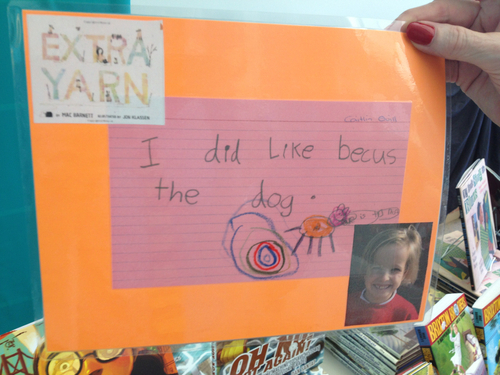Mac Barnett's Blog, page 3
November 12, 2012
Motorboat Sounds
It’s typically tiresome when people insist children’s books teach tidy little lessons, but when the person insisting is Chris Van Allsburg, it’s borderline distressing. Van Allsburg starts his review of two picture books in Sunday’s New York Times Book Review with a primer: “There exists in children’s literature a tradition of children’s stories best described as ‘absurd’ or ‘nonsense.’” Absurdism and nonsense literature are distinct genres with separate aims, and collapsing them into one tradition augurs poorly for the framework Van Allsburg brings to his essay. And so it’s no surprise that by the second paragraph his review is fully off the rails: “[W]riters toiling in this genre must not themselves embrace anarchy. While their work need not make sense, it should still make a point.”
Van Allsburg doesn’t define the terms he’s working with, so to figure out what he means by “make a point,” we need to go to the gristle of his reviews. The first book is Jon Agee’s The Other Side of Town, in which a New York cabbie takes a strange passenger to a topsy-turvy neighborhood with a Schmeeker Street and a baseball team called the Spankees. When the cabbie ends his shift and makes it back to his apartment in New York, he comes home to a surprise. Here’s Van Allsburg’s take:
[U]pon returning home, he discovers his wife preparing ‘tweet loaf’ with ‘bravy’ while his daughter reads a magazine about the Spankees. The bewildered expression on the cabby’s face is the same one readers will wear in confronting this development. Is the cabby actually trapped on ‘the other side of town’ with some doppelgänger family? Has his family mysteriously embraced the culture of ‘the other side of town’ and become its partisans? Both possibilities would seem alarming, and yet the final page depicts the cabby sitting in front of his tweet loaf dinner with a contented smile on his face.
Van Allsburg is bewildered and alarmed. Some readers might just be amused.
This Moose Is Mine, by Oliver Jeffers, tells the story of a boy named Wilfred who finds a wild moose, claims ownership of the beast, and names him Marcel. But Marcel is not tame and doesn’t listen Wilfred’s rules, and one day Wilfred discovers a woman who thinks the moose is hers, and, worse, has named him Rodrigo. Ultimately Wilfred comes across a third self-declared owner who calls the moose Dominic. This Moose Is Mine uses absurdist devises to arrive at a sophisticated insight about love and ownership, but all this is too much for Van Allsburg, or not enough, or something. Here’s how he sums things up: “[E]ven as both books pass the test of making fun while still making a point, it’s not clear what exactly those points are.” (This sentence doesn’t even pass its own nonsense test.)
So we finally know what Van Allsburg means when he keeps saying “point.” He’s run through a wacky maze and now demands his easily digestible pellet. He wants a lesson, a moral. But that’s not what nonsense, or absurdism, is about.
Van Allsburg is tethering two aggressively irrational traditions to the very assumptions about coherence and meaning they’re trying to explode. It’s an old problem. The children’s book still has trouble escaping its medieval origins as a way to teach boys piety and Latin grammar. Nonsense literature’s two daddies, Edward Lear and Lewis Carroll, packed their work with enough linguistic and narrative dynamite to achieve escape velocity from the didactic tradition. Indeed, the point of all Carroll’s nonsense is that this fixation on morals and lessons and Van Allsburgian points are, well, pointless.
When Van Allsburg insists that picture books have clear meanings, he’s limiting the possibilities of our literature. Nonsense, which assaults truth in language and story, or absurdism, which represents whole human condition as absurd*, have no place in Van Allsburg’s defintition of storytelling. And that’s wrong. Retrograde notions of the picture book’s obligation to edify hobble the form, particularly when they’re expressed in general-interest reviewing organs by one of children’s literature’s titans. And that’s the real shame of it: I’m not sure Van Allsburg really thought through the aesthetic position he takes in his review, and I’m even less sure he believes it. He shouldn’t. The Mysteries of Harris Burdick, Van Allsburg’s Borgesian masterpiece, is pioneering, surreal, and often absurd. But it doesn’t make a point. And that’s good.
* (a worldview appealing not just to human adults, but their children, too)
October 19, 2012
SOME EVENTS
20 October
Cincinnati, OH
BOOKS BY THE BANK FESTIVAL
1:00PM – 2:00PM
“Children’s Lit Chat: A Conversation with Writers and Illustrators” with Derek Anderson and Rafael Rosado
Duke Energy Convention Center, Room 206
22 October
Houston, TX
6:30PM
Murder by the Book
2342 Bissonnet
23 October
The Woodlands, TX
6:00PM
Barnes & Noble
1201 Lake Woodlands Drive #3008
24 October
Frisco, TX
7:00PM
Barnes & Noble
2601 Preston Road, Unit 1204
27 October
Austin, TX
TEXAS BOOK FESTIVAL
2:15 – 2:45PM
Captain Underpants!
With Dav Pilkey, Lisa McMann, Jarret J. Krosoczka, Mac Barnett
Moderated by K.A. Holt
Family Life Center, 1300 Lavaca
28 October
Austin, TX
2:30PM – 3:30PM
Daily Dangers: Undercover Sleuths
With Mac Barnett, Jarrett J. Krosoczka, and Ellis Weiner
Moderated by Shawn Mauser
Capitol Extension Room E2.016
October 1, 2012
September 4, 2012
August 28, 2012
The Decatur Book Festival
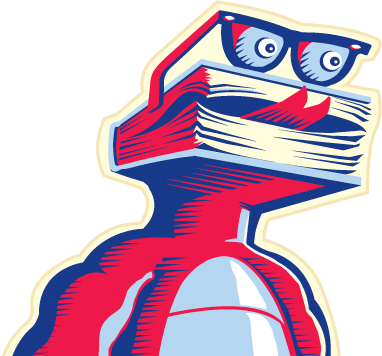
I’m heading to Decatur, GA, this weekend, where I will eat a nice popsicle, spend a few hours at the Brick Store, and also make a couple of appearances at the Decatur Book Festival:
1 Sep, 1:45-2:15, The Children’s Stage: I’ll read and maybe draw.
1 Sep, 3:00-3:15, The Decatur Presbyterian Sanctuary Stage: The Importance of the Picture Book (a panel with Leonard Marcus, Chris Raschka, and Laurel Snyder).
May 31, 2012
From Oh No! Not Again! (Or How I Built a Time Machine to Save...
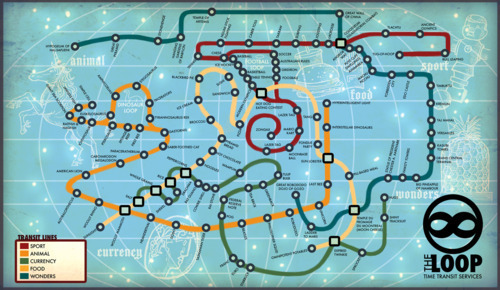
From Oh No! Not Again! (Or How I Built a Time Machine to Save History) (Or at Least MyHistory Grade)
May 29, 2012
Starred Reviews for Oh No! Not Again!
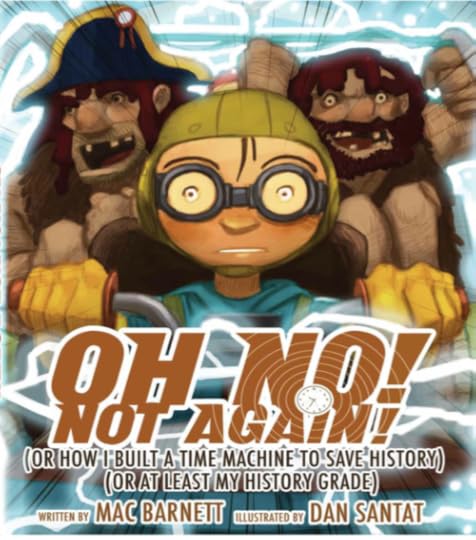 Oh No! Not Again! (Or How I Built a Time Machine to Save History) (Or at Least My History Grade) comes out next Tuesday. It just received its second starred review, from Publishers Weekly. (The first was from Kirkus.) Here they are:
Oh No! Not Again! (Or How I Built a Time Machine to Save History) (Or at Least My History Grade) comes out next Tuesday. It just received its second starred review, from Publishers Weekly. (The first was from Kirkus.) Here they are:
From Kirkus:
* Oh No! Not Again! (Or How I Built a Time Machine to Save History) (Or At Least My History Grade)
Having recovered from the world-destroying science project she created in the first Oh No! (2010), Barnett’s overachiever has a new dilemma: Her history test is returned with one point off for incorrect answer.
Noting that “Belgium” is not the country where the oldest prehistoric cave paintings exist, she devises a solution completely out of proportion to the problem. Using a “Phun Times” Kiddie Pool as a foundation, she builds a time machine to alter history. After a few glitches (landing in a pre-Neanderthal world and then in the French Revolution), she finds her Belgian cavemen. As in the companion story, the digital compositions are framed with black horizontal borders and marked with white vertical lines to establish a cinematic context. The plot unfolds through speech bubbles, the faux-technical diagrams on graph paper covering the endpapers and the extremely funny actions and expressions of Santat’s caricatures. Children will relish the two cavemen’s antics: They stick paintbrushes in their noses, chomp on the palette and spray paint each other. The duo gives the transporter a spin while the frustrated scholar decorates the cave herself. She emerges to find one sporting Napoleon’s hat, a Roman chariot speeding by and other anachronisms—not to mention an “F” on her test, now that history has been rearranged.
Wonderfully ridiculous in premise and execution and abounding in creative touches, this will surely spark student spinoffs. (Picture book. 5-8)
From Publishers Weekly:
* Oh No! Not Again! (Or How I Built a Time Machine to Save History) (Or At Least My History Grade)
The studious, pigtailed girl whose science project got out of hand in Oh No! hasn’t quite learned her lesson. When she misses one question on her history test (she incorrectly answers that Belgium is the location of the oldest prehistoric cave paintings), she travels via time machine to prehistoric Belgium to alter history and ensure that her answer is correct. Barnett’s deadpan prose and Santat’s page-popping art hilariously reveal what happens when you mess with history, while delivering a light message about the perils of perfectionism.
May 10, 2012
April 30, 2012
Events Near Philadelphia
Children’s Book World, 5/2, 4:30 PM
17 Station Road
Haverford, PA 19041
Harleysville Books, 5/3, 6 PM
672 Main Street
Harleysville, PA 19438
April 5, 2012
MY CREATIVE PROCESS
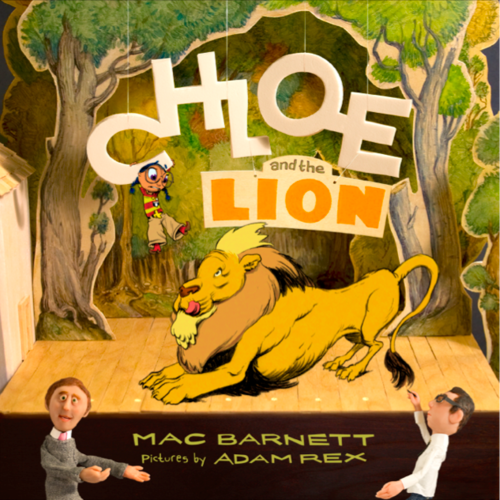
Although I can't prove it, many people say that my illustrations in Chloe and the Lion are the best part of the book. To these people, I say, "Thank you!"
It is wonderful being a Professional Children's Book Illustrator. I have always admired the blog of Adam Rex (who did most of the illustrations in Chloe and the Lion), where he gives readers a "behind-the-scenes look" at his "creative process." I've wished I could write posts about my "creative process," but my "creative process" is not visually interesting, because it is just tweaking Word documents and not ironing my pants. But now that I am a Professional Children's Book Illustrator, I can share my "creative process for drawing a lion."
MY CREATIVE PROCESS FOR DRAWING A LION
STEP ONE: RESEARCH
This is the step where lots of illustrators look at pictures of lions or go to the zoo. My question for these artists is, "Haven't you ever seen a lion before?" Luckily, I already know what a lion looks like. (I know what almost all the animals look like!). Also I do not have time to go to the zoo because I have stuff to do, like watching six hours of cable news and writing "IRON PANTS" on my to-do list. So during this step I have a bowl of cereal.
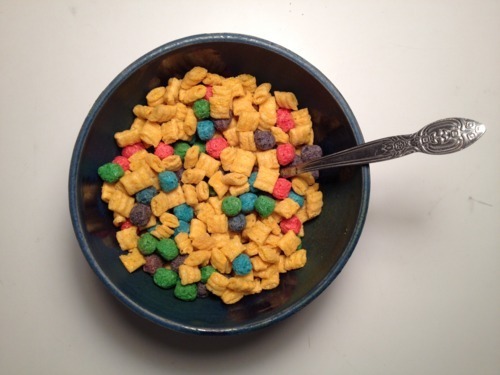
STEP TWO: SKETCHING
This is the part where we illustrators do rough sketches to figure out what the character should look like.
A. HEAD

The lion's head is basically just a circle, because heads are circle-shaped.
B. FACE
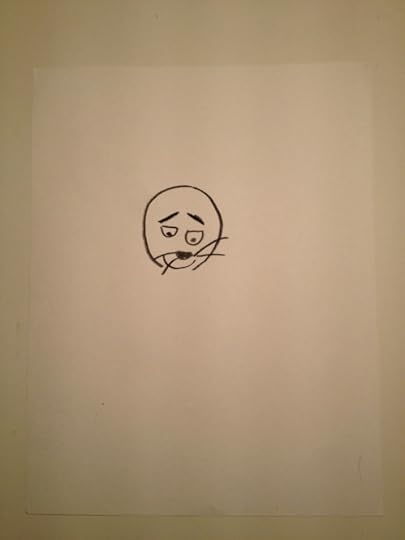
Next I put the face on the head. My rule is, "lines for for the different kinds of hair, everything else is half circles." I particularly like this lion face because it shows the animal being sad and thoughtful, which are both powerful emotions.
C. MANE
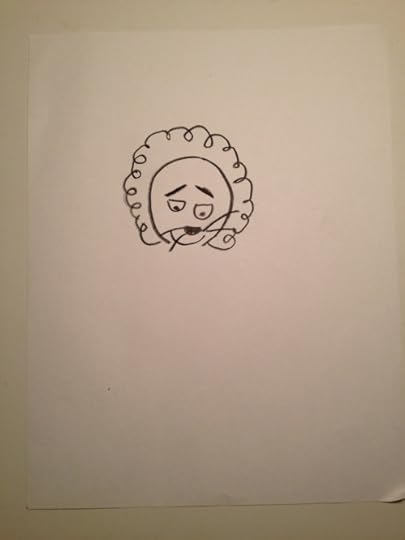
The mane is important. It is how you know the lion is a lion, and not a house cat, or a seal.
D. OOPS I FORGOT THE EARS

E. BODY

The lion's body is a lot like a dog's body, or any other animal's body.
STEP THREE: FINISHES
This is the step where you do your "final art." Usually my sketches are so good that I just decide that I am already finished. Then I put the artwork in an envelope and mail it to Adam Rex.
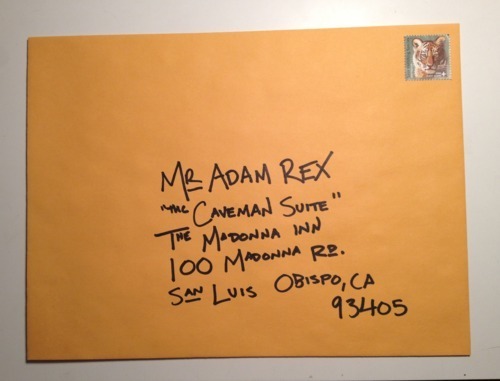
Then he adds color and puts my art in the book.
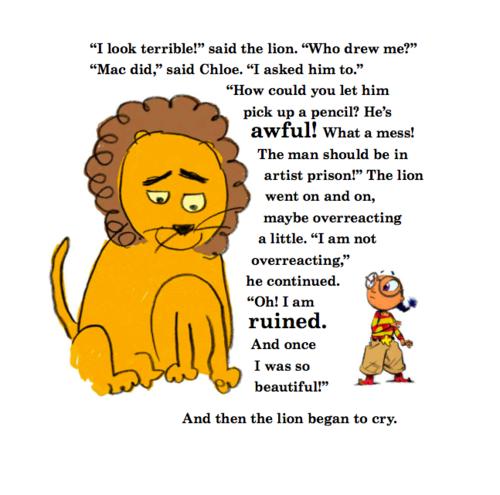
STEP FIVE:

TOTAL DRAWING TIME: 23 seconds.
(So why did it take Adam Rex years to illustrate this book?)
Mac Barnett's Blog
- Mac Barnett's profile
- 1319 followers


